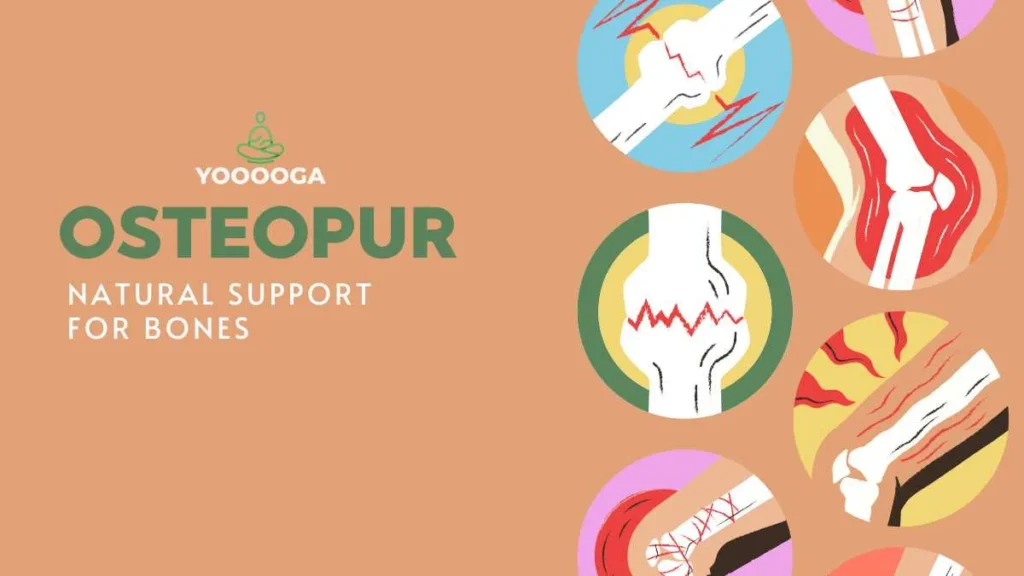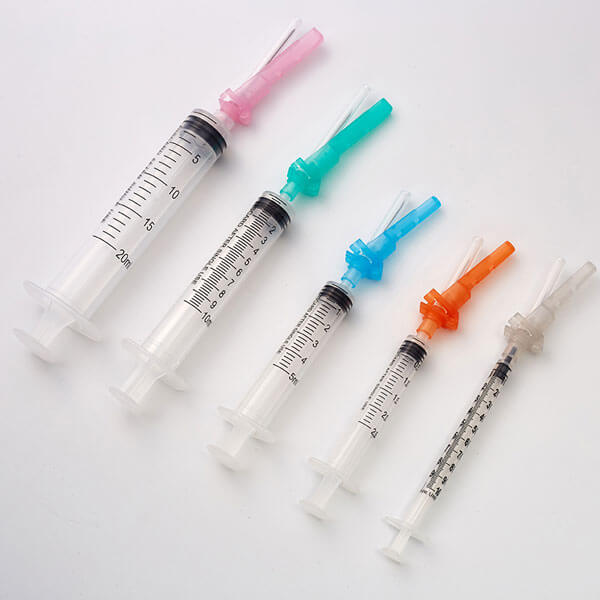Growing up with Ehlers-Danlos Syndrome (EDS) can be a unique and often challenging experience. This rare connective tissue disorder affects the joints, skin, and blood vessels, leading to symptoms that many people may not recognize at first. If you were a flexible kid who often got injured, had unexplained pain, or experienced strange medical issues that doctors couldn’t quite figure out, you might relate to many of the signs on this list.
Many people with Ehlers-Danlos Syndrome go undiagnosed for years, struggling with symptoms that seem unrelated. If you’ve always felt like your body behaves differently than others, these 23 signs you grew up with Ehlers-Danlos Syndrome might sound familiar.
1. You Were the “Super Flexible” Kid
As a child, you might have been able to bend your fingers backward, do the splits effortlessly, or even touch your thumb to your wrist. While other kids struggled with flexibility, you had natural hypermobility—one of the key signs of Ehlers-Danlos Syndrome.
2. You Frequently Dislocated Joints
If you’ve ever popped a shoulder, knee, or hip out of place just by moving the wrong way, you’re not alone. EDS weakens connective tissue, making joints unstable and prone to dislocations and subluxations (partial dislocations).
3. You Had Chronic Pain Even as a Child
Many kids with Ehlers-Danlos Syndrome experience unexplained muscle and joint pain. Doctors may have dismissed it as “growing pains,” but in reality, your body was struggling to support itself properly.
4. Bruises Showed Up Out of Nowhere
Do you remember waking up with mystery bruises? People with EDS often bruise easily because their fragile connective tissue makes blood vessels more vulnerable.
5. Your Skin Was Softer and More Stretchy Than Others
One of the telltale signs of Ehlers-Danlos Syndrome is velvety, hyperelastic skin. You might have been able to pull your skin away from your body more than most people, a classic sign of connective tissue disorders.
6. You Were Always Covered in Scrapes and Cuts
Your skin probably tore easily, even with minor injuries. Small bumps could turn into deep wounds, and scars may have taken longer to heal—or never healed properly at all.
7. You Felt Like Your Joints Were “Too Loose”
Did you ever describe your joints as feeling wobbly, weak, or unstable? That’s because EDS affects the ligaments, making it difficult for your joints to stay in place.
8. You Couldn’t Keep Up in PE Class
While you might have been extremely flexible, activities that required strength, endurance, or coordination were a struggle. Running, jumping, and climbing could be painful or exhausting because of joint instability and muscle weakness.
9. You Had Frequent Stomach Problems
Many people with Ehlers-Danlos Syndrome experience gastrointestinal issues, including:
- Chronic constipation
- Acid reflux
- Irritable bowel syndrome (IBS)
Your digestive system is lined with connective tissue, so when EDS weakens it, digestive problems can follow.
10. You Always Felt Extra Tired
Chronic fatigue is a common but overlooked symptom of Ehlers-Danlos Syndrome. Your body has to work harder than most just to support itself, leading to exhaustion even after a full night’s sleep.
11. Sitting or Standing Too Long Made You Feel Dizzy
Have you ever felt lightheaded when standing up? Many people with EDS also have Postural Orthostatic Tachycardia Syndrome (POTS), a condition that causes dizziness, rapid heartbeat, and fainting when changing positions.
12. You Struggled with Poor Posture
EDS makes it difficult for muscles and ligaments to hold the body in place, leading to slouching, misaligned joints, and spinal issues like scoliosis.
13. You Had Frequent Migraines or Headaches
Chronic migraines and tension headaches are common in people with Ehlers-Danlos Syndrome, often caused by neck instability or poor blood circulation.
14. Your Joints Made Strange Popping Noises
Does your body sound like a bag of popcorn when you move? The cracking, clicking, and popping of joints is common in EDS, often due to misalignment.
15. You Had Trouble Holding a Pen for Too Long
Writing for extended periods might have caused hand cramps, fatigue, or pain, making schoolwork a challenge. Weak connective tissue can affect fine motor skills, leading to poor handwriting and discomfort.
16. You Were Extremely Sensitive to Pain
Even minor bumps or injuries felt more painful than they should. People with Ehlers-Danlos Syndrome often experience heightened pain sensitivity due to nerve involvement.
17. You Healed Slowly and Had Unusual Scars
Your scars might have been thin, wide, or stretched out. Because EDS affects collagen, the skin doesn’t heal as well, leading to fragile, slow-healing wounds.
18. You Had Trouble Regulating Your Body Temperature
Did you often feel too hot or too cold? EDS affects the autonomic nervous system, making it harder for the body to regulate temperature.
19. You Experienced Anxiety and Depression
Living with undiagnosed symptoms and chronic pain can take a toll on mental health. Many people with Ehlers-Danlos Syndrome struggle with anxiety, depression, and emotional sensitivity.
20. You Needed More Time to Recover from Injuries
Simple sprains or strains may have taken weeks or months to heal because of weakened connective tissue. You may have even experienced repeat injuries in the same areas.
21. You Had Trouble Finding Comfortable Shoes
High arches, flat feet, or foot pain are common in EDS. Many people struggle to find supportive shoes that don’t cause discomfort.
22. You Always Felt “Different” from Others
Growing up, you may have sensed that your body just didn’t work the same way as everyone else’s. Without a diagnosis, it can feel isolating to experience so many unexplained symptoms.
23. Doctors Didn’t Take Your Symptoms Seriously
One of the biggest struggles of growing up with Ehlers-Danlos Syndrome is being dismissed by doctors. Many people with EDS are misdiagnosed with anxiety, fibromyalgia, or hypochondria before finally getting answers.
Final Thoughts
If you relate to these 23 signs you grew up with Ehlers-Danlos Syndrome, you’re not alone. Many people go years—sometimes decades—without realizing they have EDS. Understanding your symptoms is the first step toward managing your condition and improving your quality of life.











